Hey folks -
Welcome to the first article in what will be a multi-part series on building a small setting for your favorite game. In it, I plan to share some of my methods and experiences with you, in the hopes that it might inspire you to make your own.
As a secondary function, I’ll be making notes on how I personally go about turning these things into little zines, either to share with the world, or just to hand out at my table.
The point of this is to show you that you can absolutely do it, and maybe even that you *should* do it, because tangible, physical artifacts aren’t just something to enjoy at the table.
They are little time capsules of memories and creativity, that you can return to again and again to be transported somewhere else, like a doorway to your own private universe of texture and feeling.
Physical creations have the ability to produce these feelings and connections in our brains that digital can never hope to match - and, we get to explore our own creativity in the process.
Even if you’ve never drawn so much as a stick figure, no worries. I’m not just writing this for established artists. Art is for everyone and there’s a way to go about all this stuff even if you don’t consider yourself an artist (yet!).
Welcome aboard, and let’s get started!
I’m glad to have you here.
Make sure to subscribe so you don’t miss any of these installments!
THE BRAINSTORM and CONSTRAINTSTORM
Whenever I’m working on a project, the first thing I try to do is work out what I’m *not* going to do.
This sounds backwards, but deciding on the guardrails of the project first, so-to-speak, keeps me from avoiding a lot of my own pitfalls later on.
This is true no matter what creative endeavor I’m working on, and doesn’t change regardless of whether it’s something just for me, like a solo campaign setting I’ll never do show and tell with, something for a small group, like that same setting for my table of players, or something I plan to put out there to the world.
This begins often as a list of two columns, one being the feeling I’m trying to evoke, and the second acting as an indicator of what I do NOT want to come through. At this point this is pretty much pure stream of consciousness guided by whatever “vibe” I really feel I want to go for.
You do not need to have a sharp concept yet. This process is for that clarification, and often, you will come up with things during this activity that you never expected. That’s all part of the fun!
This might look something like this if I was working on a setting zine:
Column A:
Local/Rustic
Isolated/Parochial
Moss/Ferns
Weird
Vintage Fantasy
Myth and Fable
Naturalist Journal
Column B:
Epic, high fantasy
New school art or locations
Video game feeling
Lore heavy
Urban/Slick/Modern
Big overland maps
This is a pretty basic start, but it helps me rule out a lot of different things right at the beginning.
I know I’m going to be working small, the art style will be vintage, so desaturated color and a naturalist journal feel - handwritten notes on the page and probably some flora and fauna sketches.
I want a weird mythic/rustic fable kind of feel to to it, so I’m going to avoid epic level monsters or established lore dumps and make things feel local, where everything comes from stories and oral traditions.
Holidays will be localized, not part of a larger elaborate kingdom or big region…
You get the picture.
From here, I start to think about what the use of this thing I’m creating is.
Sure, a setting zine should be a playable setting, but this is pretty broad.
I might be creating a gazetteer for my players to flip through at the table, in which case, my goal is something that can quickly familiarize them with the world we are going to play in, help inform their decisions at the table, and give them an immediate “interface point” to immerse themselves.
I want to do all this without giving things away that ruin the fun!
Another time, I might be working on a little setting zine that is expressly for the GM to use to run PCs through a village and dungeon loop at low level - for something like this, I’ll want some maps and keyed dungeons, encounter tables, rumors and the like so I can the GM using it right to the action without having to come up with a bunch of things on the fly.
Maybe I’m making something for pleasure, and I want to make what I referenced before - a kind of “Dinotopia” style travel or naturalists journal through my little setting.
All of these have different intended use-cases in mind, and we want a clear idea of this at the start, so our little zine does the intended, even if the answer to the question is “I want to evoke a feeling of wonder and adventure.” That’s a damn good function!
Once I’ve got a general idea of my guardrails, I can start to work out how this thing will lay out in a literal sense, which we will get to in the next installment.
For this first phase of the creative process, it can be helpful to also think about things like:
Colors - Not just whether or not the artifact I’m making will have them at all, although this is a good thing to decide on also, since color and black and white evoke a totally different feeling…
But what colors we want people to have in mind with the setting itself in general. For me, Dark Sun is always going to be that brown, ochre, red, yellow color combination that Brom uses so well to get the feeling of a post-apocalyptic desert wasteland.
Forgotten realms makes me think grey, gold and green, and not just because of the logo - my first play of the first Baldur’s Gate was lots of stone and forest, green cloaks and so on, for the classic fantasy realm feeling:
Fonts - Old English has a distinctly different tone than the Souvenir style font you can see in Moldvay Basic or its clones.
Mork Borg thrives on its “all over the place” heavy metal choices (to the point where some folks can’t even read the thing!)
Evoking a vintage fantasy novel feel with a retro 70’s font will certainly put people’s mind in a certain way, and they will expect certain things from it, whereas a slick modern choice is going to be better for a slick modern game than using something that looks more at home on Lord of the Rings.
Art Style - Even the same artist has different styles. Look at Jeff Easley’s black and white work versus his oils. Here is also the part to assure you that you don’t have to be an “artist” to make a zine.
There is an immense amount of art out there in the public domain, or that has a creative license (DriveThru RPG has tons of this) for a few dollars.
If the project is for private use at your own table, you can use anything you’d like!
This is a good time to spend some of your leisure exploring Pinterest or Instagram and working out the “look,” and if you are an artist, messing around with the direction of things so it lines up with the answers we’ve already sorted out for what we are looking to do with this zine.
Once we have our feel, colors, fonts, and art style selected, as well as a reasonably clear idea of where we don’t want to go with this, we have a great start on our project and can move into the next phase, where we decide…”just what the hell am I going to put on these pages?”
But that is for next time!
Keep your blades (and scissors!) sharp.
-CG
PS: If you enjoyed this, I’d be really stoked if you shared with any of your pals who might, too!


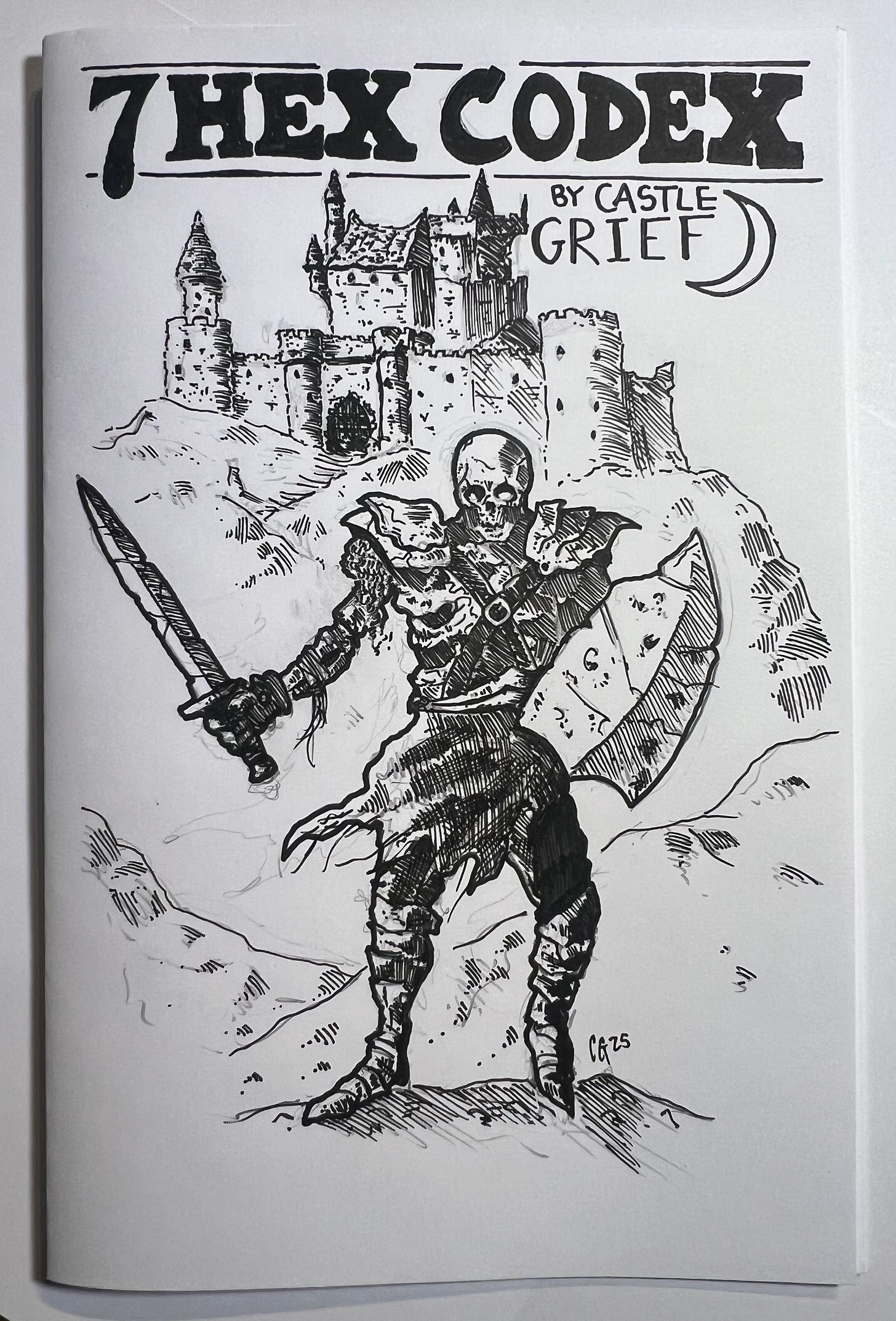
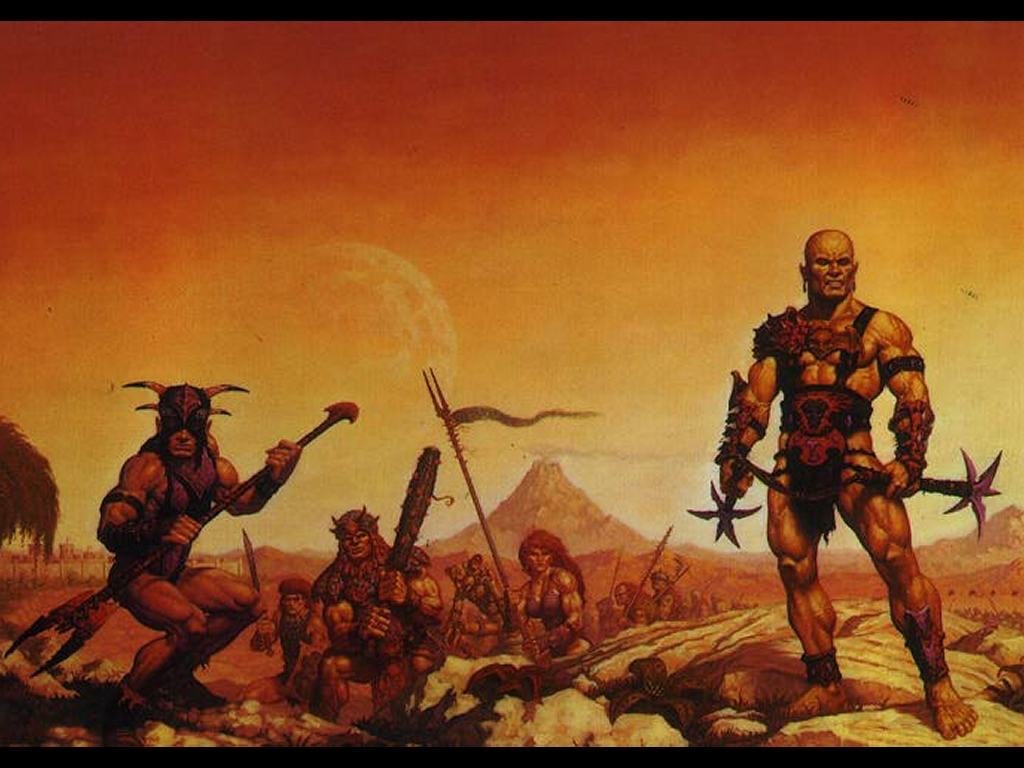
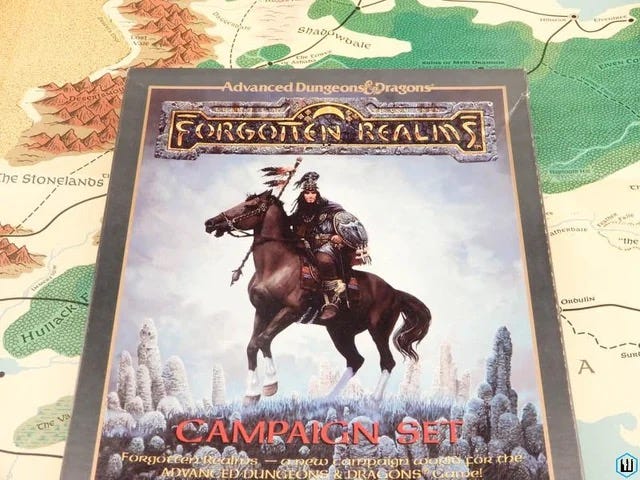
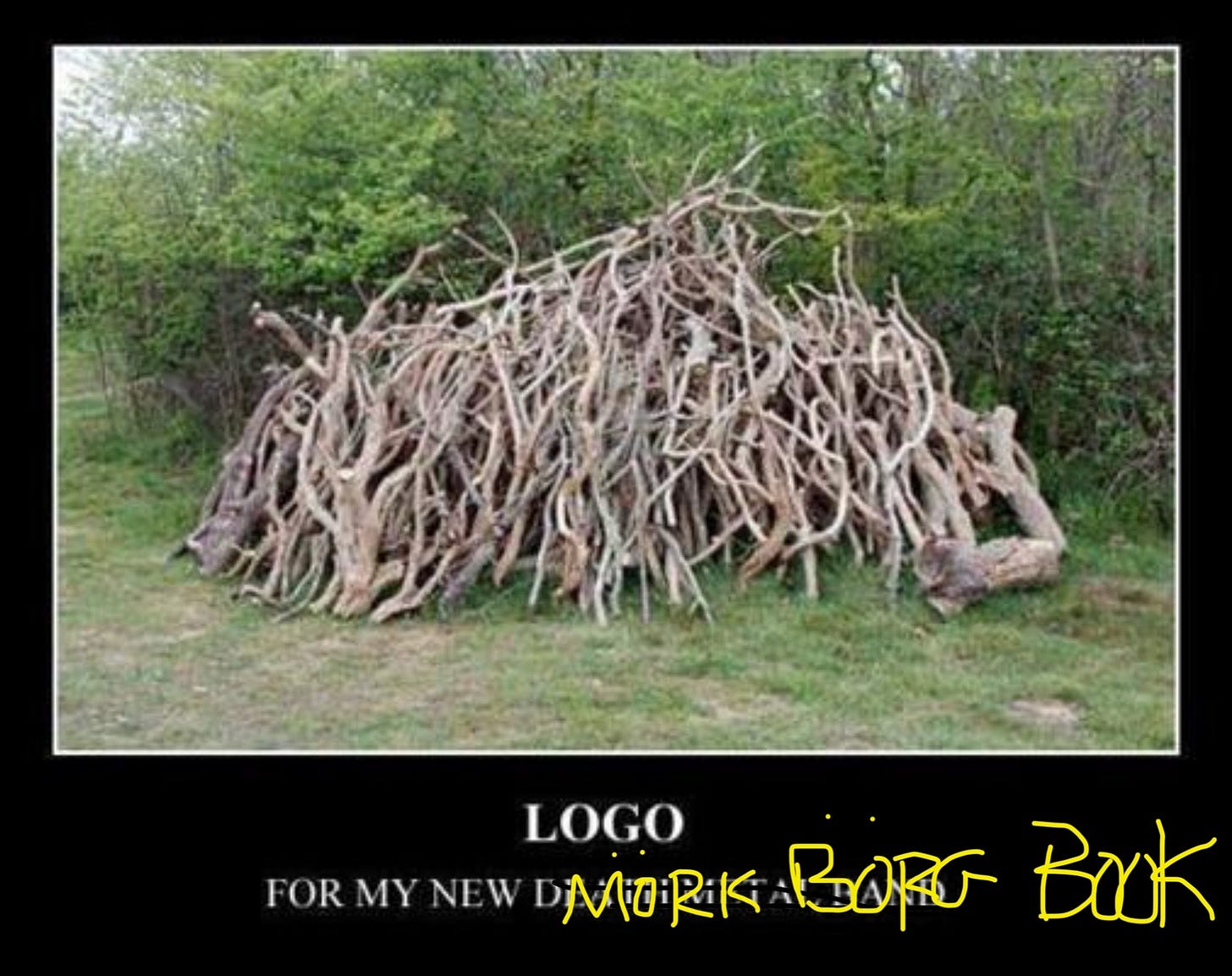

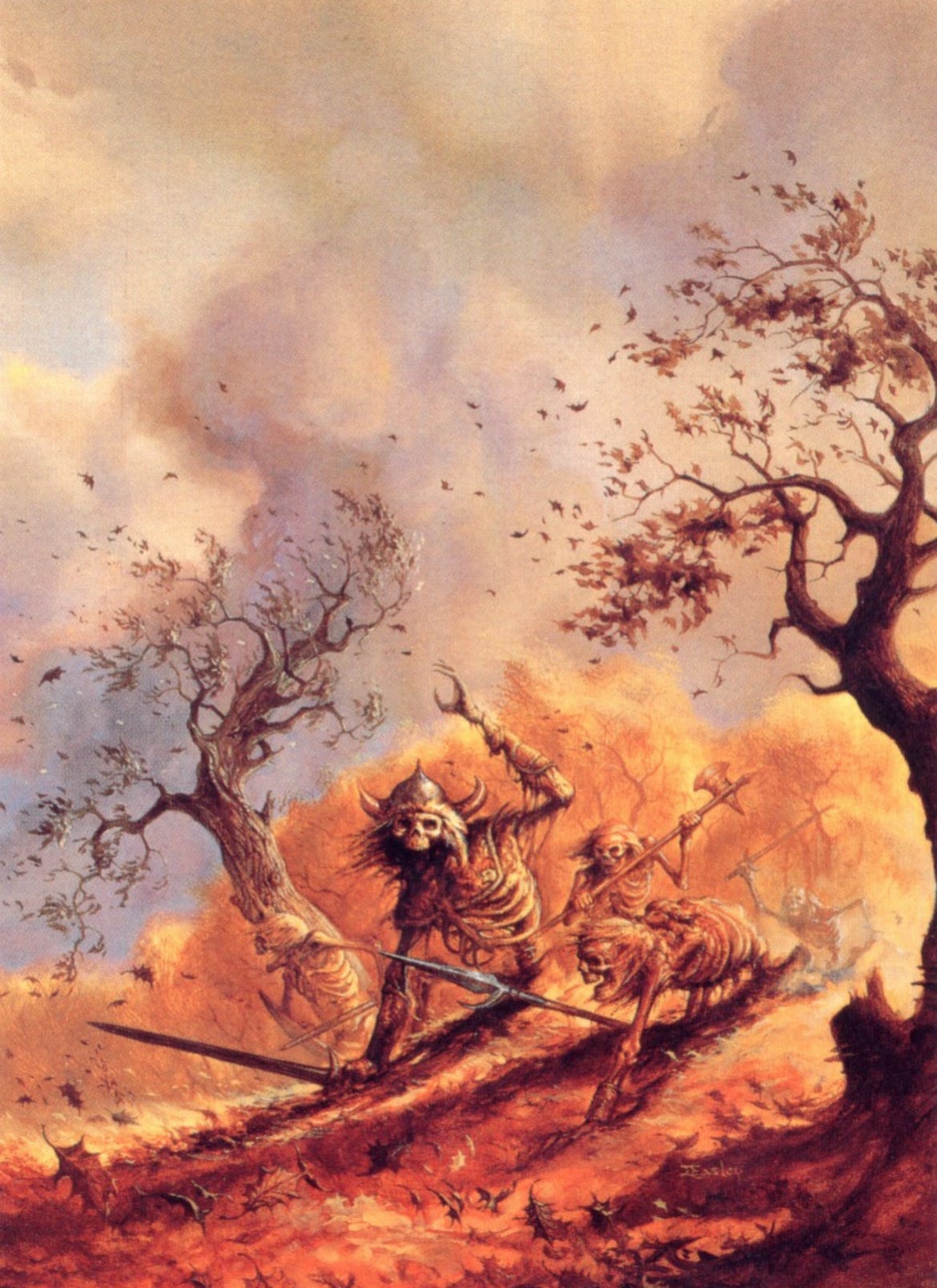
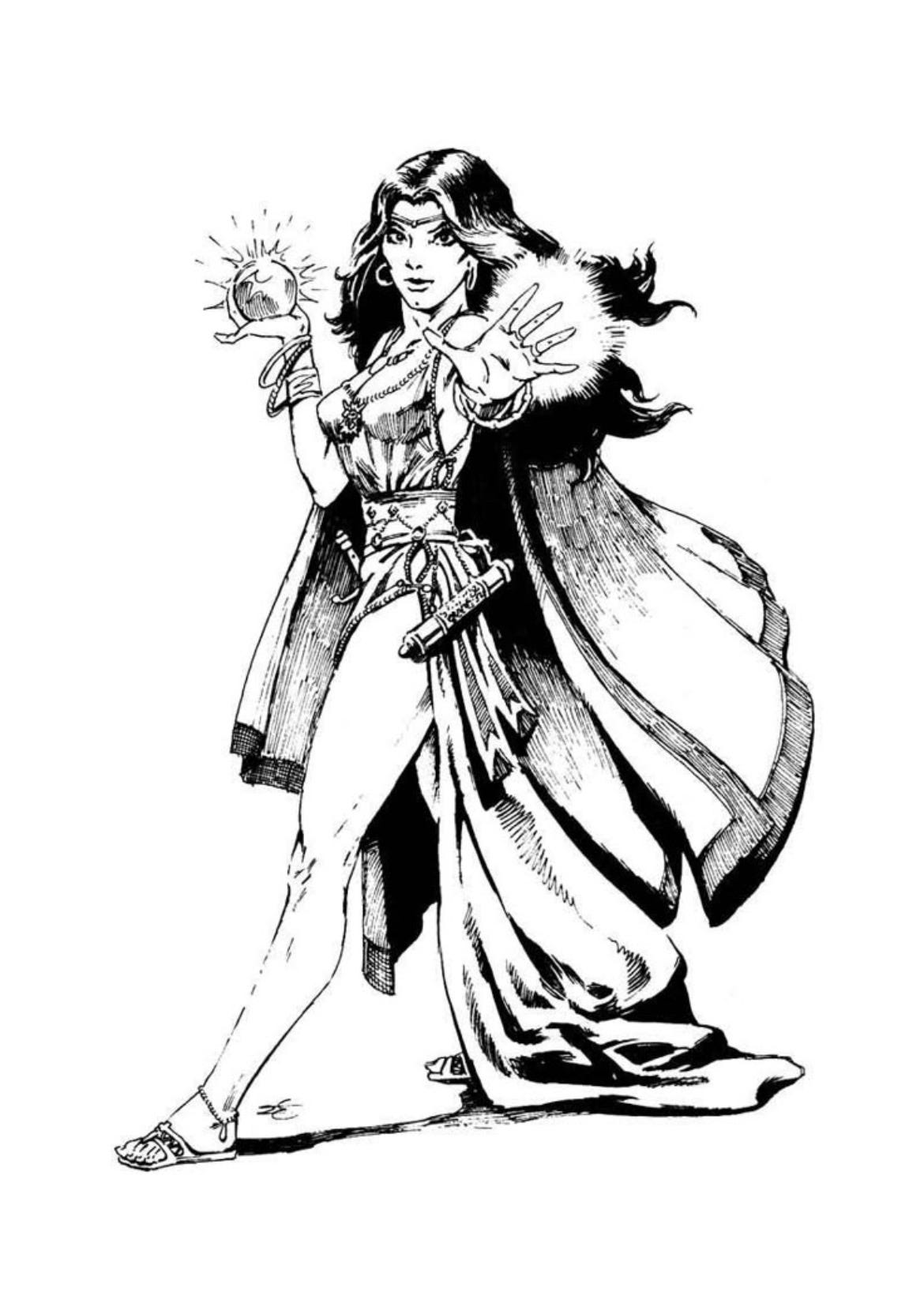
The constraints is something I have always struggled with and the main reason I've never finished a non-actual play project haha. I'll be following this series very closely!
Hello, we mostly interact on Twitter where I am “Turd Murder” but I wanted to let you know I feel like I have some setting ideas in me, but small scale. 7 hexes is a great constraint and I love your zines, so I am very much looking forward to this series.